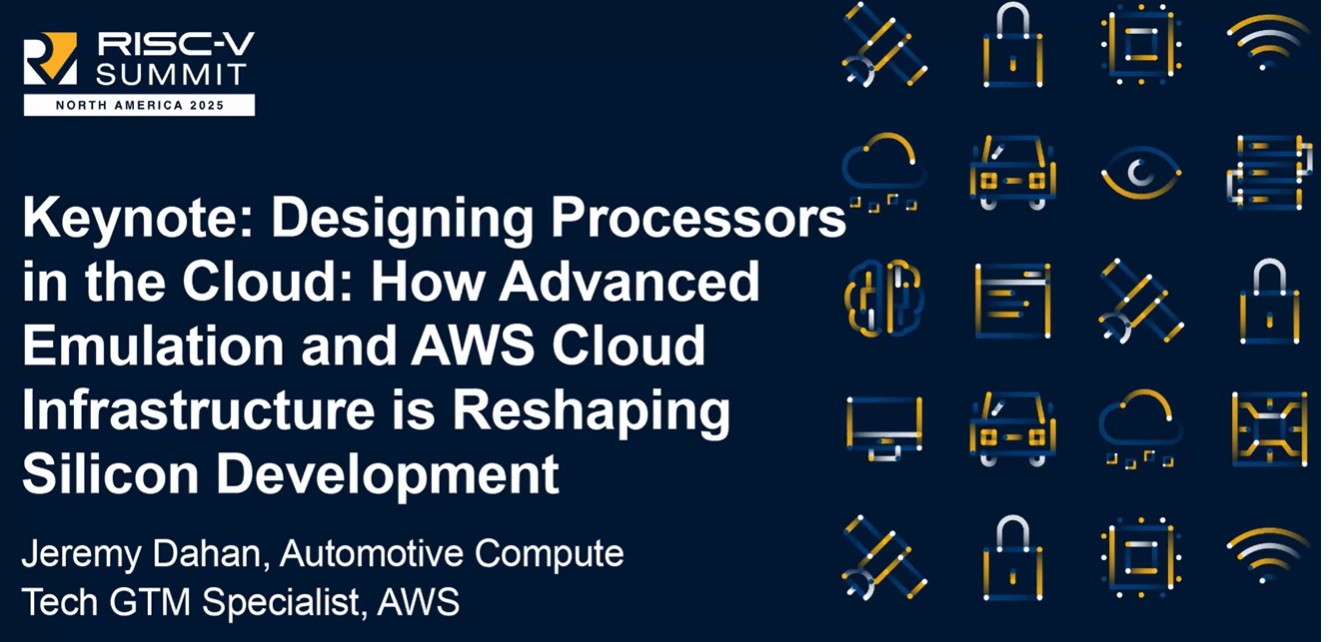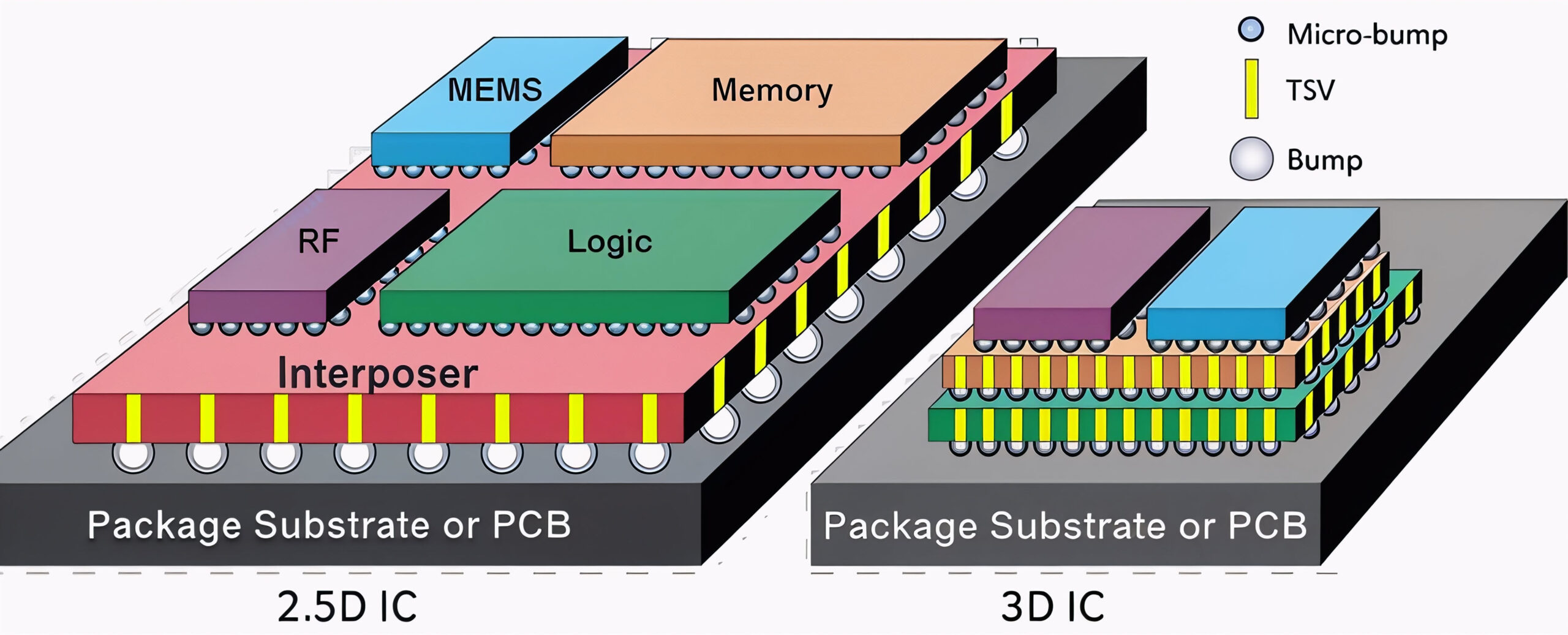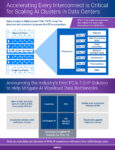An emerging trend with IC design is the growing use of chiplets and even 3D IC designs, as the disaggregated approach has some economic and performance benefits over a single SoC. There are thermal challenges with using chiplets and 3D IC designs, so that means that thermal analysis has become more important. I just spoke with Michael… Read More
 Google's Road Trip to RISC-V at Warehouse Scale: Insights from Google's Martin DixonIn a engaging presentation at a recent RISC-V…Read More
Google's Road Trip to RISC-V at Warehouse Scale: Insights from Google's Martin DixonIn a engaging presentation at a recent RISC-V…Read More Bridging Embedded and Cloud Worlds: AWS Solutions for RISC-V DevelopmentIn a compelling keynote at the RISC-V Summit…Read More
Bridging Embedded and Cloud Worlds: AWS Solutions for RISC-V DevelopmentIn a compelling keynote at the RISC-V Summit…Read More Cost, Cycle Time, and Carbon aware TCAD Development of new TechnologiesOur good friend Scotten Jones wrote a paper…Read More
Cost, Cycle Time, and Carbon aware TCAD Development of new TechnologiesOur good friend Scotten Jones wrote a paper…Read More 3D ESD verification: Tackling new challenges in advanced IC designBy Dina Medhat Three key takeaways 3D ICs…Read More
3D ESD verification: Tackling new challenges in advanced IC designBy Dina Medhat Three key takeaways 3D ICs…Read MoreNovelty-Based Methods for Random Test Selection. Innovation in Verification
Coverage improvement effectiveness through randomized testing declines as total coverage improves. Attacking stubborn holes in coverage could be augmented through learned novel test guidance to random test selection. Paul Cunningham (GM, Verification at Cadence), Raúl Camposano (Silicon Catalyst, entrepreneur, former… Read More
Lab on Cloud Demonstration
Systems engineers often want to select the best IC for their projects, yet the time required to search online, buy an Evaluation Kit, waiting to receive it in the mail, then getting it installed and setup for testing can be a barrier and lengthen the project timeline. This is where TenXer Labs comes in, as they have cleverly developed… Read More
Podcast EP230: An Overview of the Siemens EDA Calibre 3D Thermal Announcement at DAC with Dr. John Ferguson
Dan is joined by Dr. John Ferguson, senior director of marketing for the Calibre product line at Siemens EDA. John has worked extensively in physical design verification. Current activities include efforts to extend physical verification and PDK enablement for 3DIC design and silicon photonics.
Dan explores the Siemens EDA… Read More
Synopsys’ Strategic Advancement with PCIe 7.0: Early Access and Complete Solution for AI and Data Center Infrastructure
In the rapidly evolving world of high-performance computing (HPC) and artificial intelligence (AI), technological advancements must keep pace with increasing demands for speed, efficiency, and security. Synopsys recently announced the industry’s first complete PCIe 7.0 IP solution. This groundbreaking initiative addresses… Read More
Automotive Semiconductor Market Slowing
We at Semiconductor Intelligence estimate the automotive semiconductor market was $67 billion in 2023, up 12% from 2022. The top twelve suppliers accounted for over three-quarters of the market. Infineon Technologies was the largest automotive semiconductor supplier, at $9.2 billion or 13.7% of the market. NXP Semiconductors… Read More
System VIPs are to PSS as Apps are to Formal
In the formal world the core technology is extremely powerful, and specialist users need full access to tackle difficult problems. But for many applications, teams prefer canned solutions built on the core technology yet scalable to non-experts. A similar dynamic appears to be playing out between System VIPs and PSS. PSS, the… Read More
Silicon Catalyst Ventures Launched With 8 Fundings
Silicon Catalyst Inc. is a unique incubator dedicated exclusively to the semiconductor industry. Founded in 2015, SCI provides a comprehensive ecosystem to support semiconductor startups. You can see the full list of available resources on the Silicon Catalyst website.
We recently covered the ground breaking Silicon Catalyst… Read More
Podcast EP229: A Detailed Look at the DAC Engineering Track with Ambar Sarkar
Dan is joined by Dr. Ambar Sarkar, a member of the Design Automation Conference executive committee and the program chair of the Engineering Tracks. He has a broad background covering both software and hardware R&D. He has contributed to industry standards in areas such as functional verification and IP security. He is the… Read More
Daniel Nenni at the 2024 Design Automation Conference
This year’s live semiconductor ecosystem conferences have been well attend and I expect the same for #61DAC next week. I will be at the conference from Sunday afternoon to Wednesday evening, if you would like to meet let me know. Networking is an important part of the semiconductor ecosystem so let’s make it happen.… Read More









Quantum Computing Technologies and Challenges